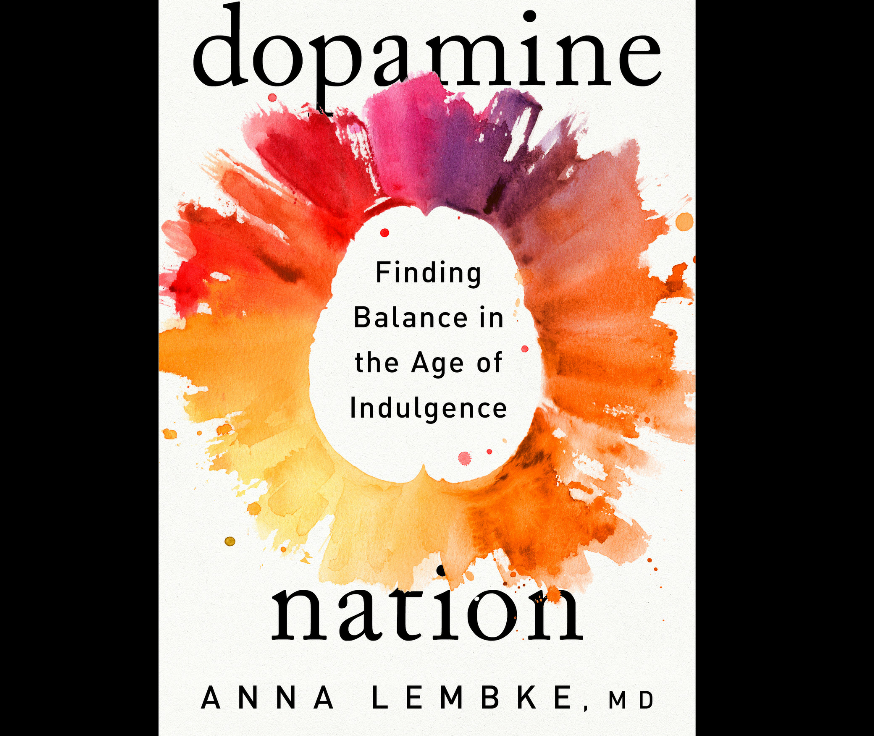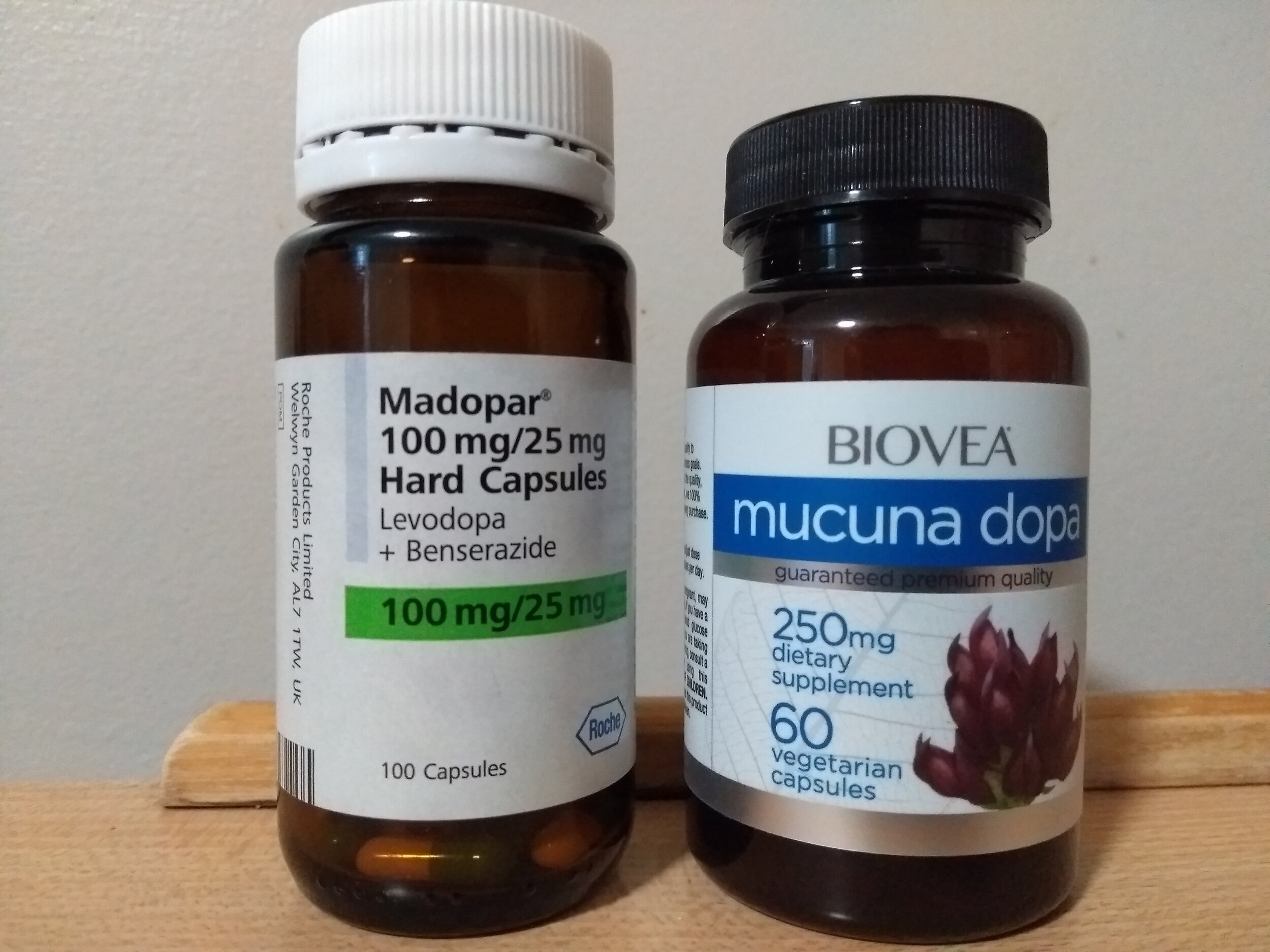Dysregulation in the DAT ferrying system is associated with a number of chronic conditions, including ADHD, Bipolar, depression, eating disorders, substance abuse, Parkinson’s, and dystonia. If there is too much DAT activity, it means that there is a deficiency in active Dopamine outside the cell, as it is being pulled back inside the cell constantly.
Read MoreDopamine Breakdown and Parkinson's Disease: Part 2
In Part 1, we looked at how the MAO enzyme breaks down Dopamine in the brain and body, via what we termed the “MAO pathway”. In this part, we consider another pathway by which Dopamine is broken down, via another enzyme called Catechol-O-methyltransferase (COMT).
Read MoreDopamine Breakdown and Parkinson's Disease: Part 1
In this follow up article, we will explore the various ways by which dopamine is chemically broken down, degraded, or metabolized. In doing so, we will provide yet another, more hopeful, story, that the reversible problem may be more to do with the breakdown of dopamine occurring too fast after it has been synthesized, rather than cells dying.
Read MoreMotivation, Pleasure, Pain and Parkinson's Disease
The activation of the habenula inhibits or deactivates the dopamine neurons in the substantia nigra and ventral tegmental area, and, conversely excites or activates them when it is deactivated. This has profound implications for PD, as this points to the possibility that it is not cell death which causes the issues in PD, but chronic activation of the habenula permanently switching off the cells in the substantia nigra from producing dopamine. This is a more hopeful hypothesis, as it means the cells are just dormant, not dead. If we can figure out how to deactivate the habenula, this could provide significant symptom reduction.
Read MoreDopamine Cell Receptors and Parkinson's Disease
Cell receptor population dynamics therefore may play a primary role in environmental interactions (nurture) and can profoundly affect biology (nature), and may be the mechanism through which history gets written into the body, such as affects of childhood trauma in later life. Cell receptor population dynamics also provide strong and significant neuroplasticity without the need for new neurons or new synaptic connections/wirings per se, by profoundly affecting the functions and sensitivities of the existing neurons themselves.
Read MoreDopamine and Parkinson's Disease
The Huberman Lab podcast is a lecture series by Prof. Andrew Huberman, professor of neurobiology and ophthalmology at Stanford School of Medicine, on practical and free tools for optimizing health based on the very latest neuroscience and human biology research. This podcast contains vital, actionable, and need-to-know information for people with Parkinson’s Disease, in particular of the latest pragmatic research into dopamine biochemistry. Dopamine is the major neuromodulator which is most problematic in PD, and the target for the mainstay medical interventions. So here I’ve extracted from the podcast episodes the timestamps of everything Prof. Huberman has to teach us on the subject of how to optimize our dopamine biochemistry. The format is the episode title, in order of release, followed by the corresponding timestamp links and descriptions whenever dopamine is referred to.
Read MoreNoradrenaline, Adrenaline, Dopamine and Parkinson's Disease
Dopamine itself is a building block of other neurotransmitters and hormones. Indeed, the reaction pathways can proceed further as:
DOPAMINE -> NORADRENALINE (made in the body brain from Dopamine) -> ADRENALINE (made in the body and brain from Noradrenaline).
Read MoreDopamine, Aldehyde Poisoning and Parkinson's Disease
It is likely that multi-factorial aldehyde "insults" or contributions are at work in any one case of onset of dopamine deficiency and its rate of progression. Each person will have a different combination of contributions to the aldehyde overwhelm which result in the dopamine deficiency, and everyone will have a different "final straw that broke the camels back". This is why so many difference potential "causes" of PD have been identified in the scientific literature, but why no single universal cause has been found true for everyone. It is also why there is no one universal supplement, drug, diet or therapy which is beneficial for all people with PD, and why every one of us has a very different response to these.
Read MoreThe Gut, the Digestive System and Parkinson's Disease, Part 1
Once upon a time, Parkinson's Disease was believed to be a purely neurological problem, caused by dopamine producing cell death in a bean sized part of the brain called the Substantia Nigra. We now know that this neurodegeneration is not necessarily casual, but an effect resulting from more systemic issues, which become worse over a sustained period of years prior to diagnosis. Today, it is widely accepted that problems with the gut and digestive system, including nutritional deficits - due to resulting impaired absorption, are not only integral to PD, but are also likely to play major roles in the true causal factors.
Read MoreThe Overlaps Between Allergic Reactions and Parkinson's Disease
Taking these ideas forward, I went on to research the linkages between histamine and dopamine, and thus began to form a picture, with the logical conclusions that allergic/inflammatory reactions and Parkinson's Disease are, indeed, very strongly linked. Here's what I uncovered.
Read More








